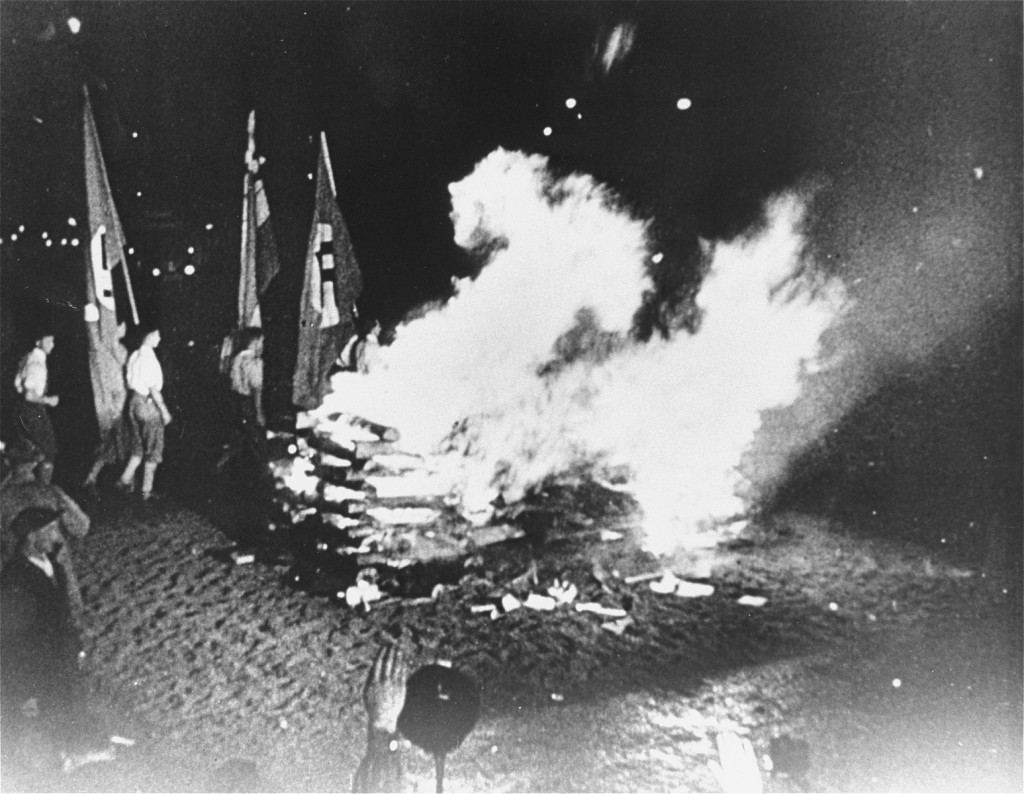
Otto Dix
In 1933, Nazi students at more than 30 German universities pillaged libraries in search of books they considered to be "un-German." Among the literary and political writings they threw into the flames were the works of Otto Dix.
Excerpt
I will take revenge on the sins and virtues of my forefathers.
—Otto Dix, signed note, 1920
Which of Otto Dix's Works were Burned?
Der Krieg, Radierungen (The War, Etchings), 1924
In all probability, the painting, The Trench, was burned
Who was Otto Dix?
Upon the outbreak of World War I, German artist Otto Dix (1891–1969) volunteered for the German army and was assigned to a field artillery regiment. After seeing some of the bloodiest fighting of the war, Dix embraced radical leftist and pacifist views. His artwork became increasingly political. His anger at the treatment of wounded and disabled veterans in Germany is reflected in Expressionistic paintings such as The Trench, a depiction of decomposed corpses in a German trench.
In 1933, the Nazis, who were critical of Dix's leftist and anti-war stance, removed him from his teaching post at the Dresden Academy. Dix was also vilified at the Nazi "Degenerate Art" exhibition. The Nazis confiscated his works from public collections. They declared that his work "threatened to sap the will of the German people to defend themselves."
Critical Thinking Questions
If Jews were the principal target during the Holocaust, why were books written by non-Jewish authors burned?
How did the German public react to the book burnings? What were some of the reactions outside of Germany?
Why do oppressive regimes promote or support censorship and book burning? How might this be a warning sign of mass atrocity?

